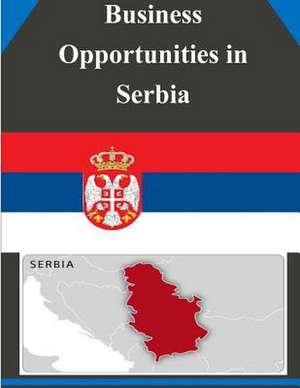Business Opportunities in Serbia
Autor U S Dept of Commerceen Limba Engleză Paperback
Preț: 104.88 lei
Nou
Puncte Express: 157
Preț estimativ în valută:
20.07€ • 20.88$ • 16.57£
20.07€ • 20.88$ • 16.57£
Carte disponibilă
Livrare economică 24 martie-07 aprilie
Preluare comenzi: 021 569.72.76
Specificații
ISBN-13: 9781502324849
ISBN-10: 1502324849
Pagini: 88
Dimensiuni: 216 x 279 x 5 mm
Greutate: 0.23 kg
Editura: CREATESPACE
ISBN-10: 1502324849
Pagini: 88
Dimensiuni: 216 x 279 x 5 mm
Greutate: 0.23 kg
Editura: CREATESPACE
